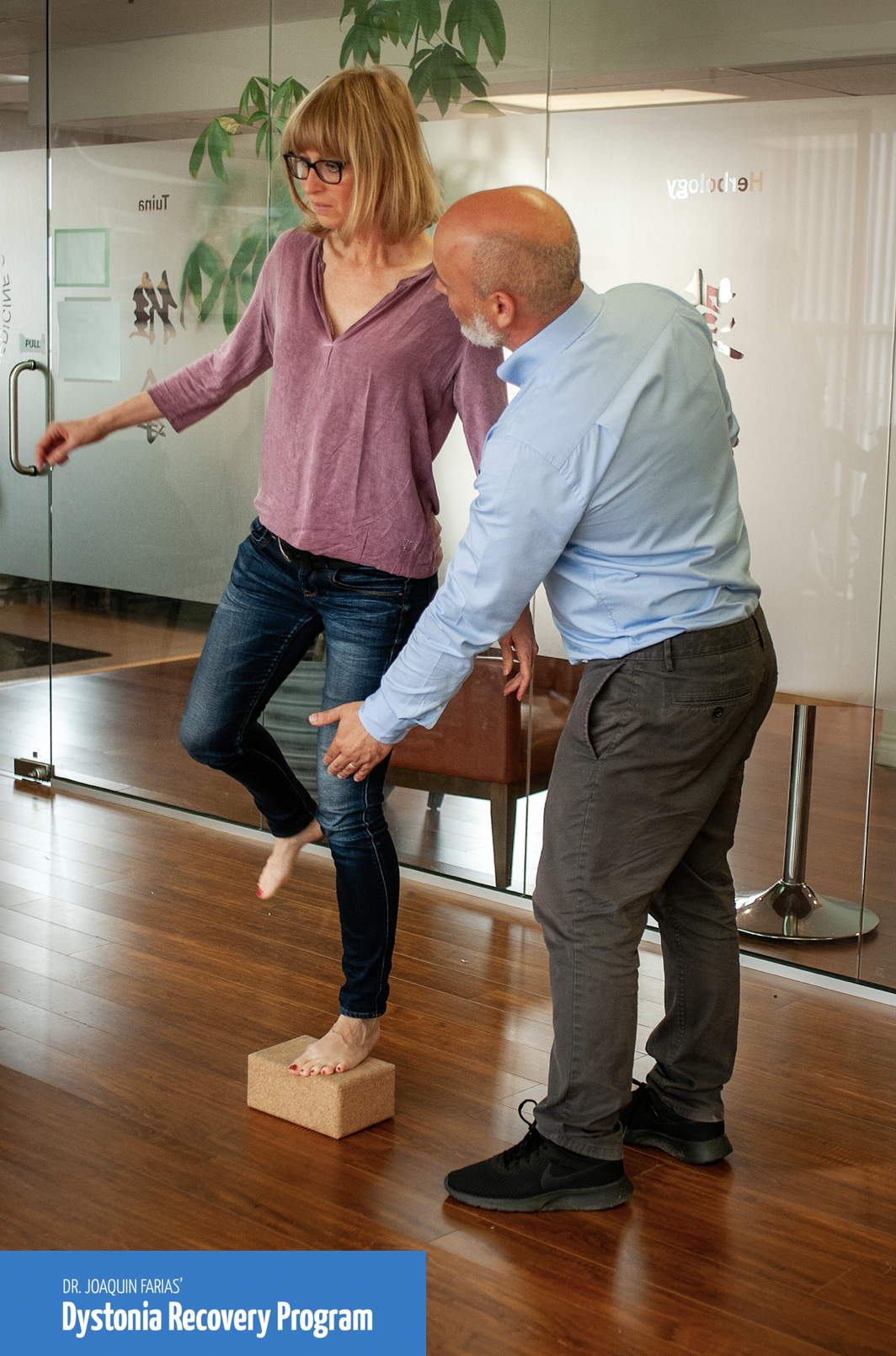Exploring Alternative Treatment Options for Spasmodic Torticollis (Cervical Dystonia)
Spasmodic Torticollis, also known as Cervical Dystonia, is a challenging neurological condition characterized by involuntary muscle contractions that cause abnormal head and neck movements. While traditional medical treatments exist, some individuals seek alternative approaches to manage their symptoms and improve their quality of life. In this blog post, we will delve into a range of alternative treatments that individuals with Spasmodic Torticollis may consider, including some innovative options offered through the Dystonia Recovery program.
- Acupuncture for Spasmodic Torticollis
Acupuncture, a fundamental component of traditional Chinese medicine, involves the precise insertion of needles into specific body points. Some individuals with Spasmodic Torticollis have reported experiencing benefits from acupuncture, such as improved muscle
- Physical Therapy for Spasmodic Torticollis
Customized physical therapy for Spasmodic Torticollis focuses on improving posture, strengthening muscles, and enhancing flexibility. Physical therapists design exercises and relaxation techniques tailored to the unique needs of individuals with Cervical Dystonia, contributing to the overall management of symptoms. These therapies aim to alleviate muscle spasms and enhance the range of motion in the neck and shoulders, providing much-needed relief.
- Mind-Body Practices for Spasmodic Torticollis
a. Tai Chi
Tai Chi, an ancient Chinese martial art characterized by gentle movements and deep breathing, promotes balance, flexibility, and relaxation. Practicing Tai Chi may benefit individuals with Spasmodic Torticollis by helping them manage their symptoms and improve their overall well-being.
b. Yoga
Adapted Yoga for Dystonia emphasizes physical postures, breathing exercises, and meditation. Many individuals with Spasmodic Torticollis find relief through yoga, experiencing improved flexibility, reduced muscle tension, and increased relaxation. Yoga offers a holistic approach to managing both physical and emotional aspects of the condition.
c. Breathing Exercises
Focused breathing exercises for Spasmodic Torticollis, such as diaphragmatic breathing, can aid in stress management and promote relaxation. Integrating these exercises into daily routines may contribute to symptom alleviation for individuals with Spasmodic Torticollis.
- Hypnosis for Spasmodic Torticollis
Hypnosis involves guided relaxation and focused attention, potentially assisting individuals in managing symptoms related to stress and muscle tension. While further research is needed, some individuals have reported positive outcomes, including symptom reduction, through hypnosis.
- Music Therapy for Spasmodic Torticollis
Neurological Music Therapy for Dystonia utilizes musical elements to address both physical and emotional needs. Listening to calming music or engaging in music-based activities and dance specifically designed to target dormant brain pathways can offer relaxation and stress reduction for individuals with Spasmodic Torticollis.
- Dr. Farias’ Neuroplasticity Training for Spasmodic Torticollis
Dr. Joaquin Farias’ neuroplasticity training is a groundbreaking approach that taps into the brain’s innate ability to rewire itself. Through targeted exercises and therapies, this innovative approach aims to promote neuroplasticity, potentially leading to improved motor function and decreased dystonic movements.
Benefits of Neuroplasticity Training for Spasmodic Torticollis
Neuroplasticity training offers a unique and promising avenue for managing Spasmodic Torticollis. By actively engaging the brain’s adaptive capabilities, patients may gain enhanced control over their muscle movements, ultimately contributing to an improved quality of life.
Important Considerations
Before embarking on any alternative treatment, it is crucial to consult with healthcare professionals who specialize in the treatment of Spasmodic Torticollis. Individual responses to these therapies can vary, and a personalized approach ensures both effective and safe management of the condition.
In Conclusion
In summary, alternative treatments for Spasmodic Torticollis, including Tai Chi, Yoga, Breathing Exercises, Hypnosis, Music Therapy, and Dr. Farias’ neuroplasticity training, provide a diverse range of options that can be explored by individuals affected by this condition. These alternative therapies are available through the Dystonia Recovery program, offering a comprehensive and holistic approach to managing Spasmodic Torticollis. By actively participating in their treatment journey and collaborating with healthcare professionals, individuals can navigate the holistic landscape of alternative treatments for Spasmodic Torticollis, ultimately improving their overall well-being.
Start your Recovery Journey Today
Join the complete online recovery program for dystonia patients.



